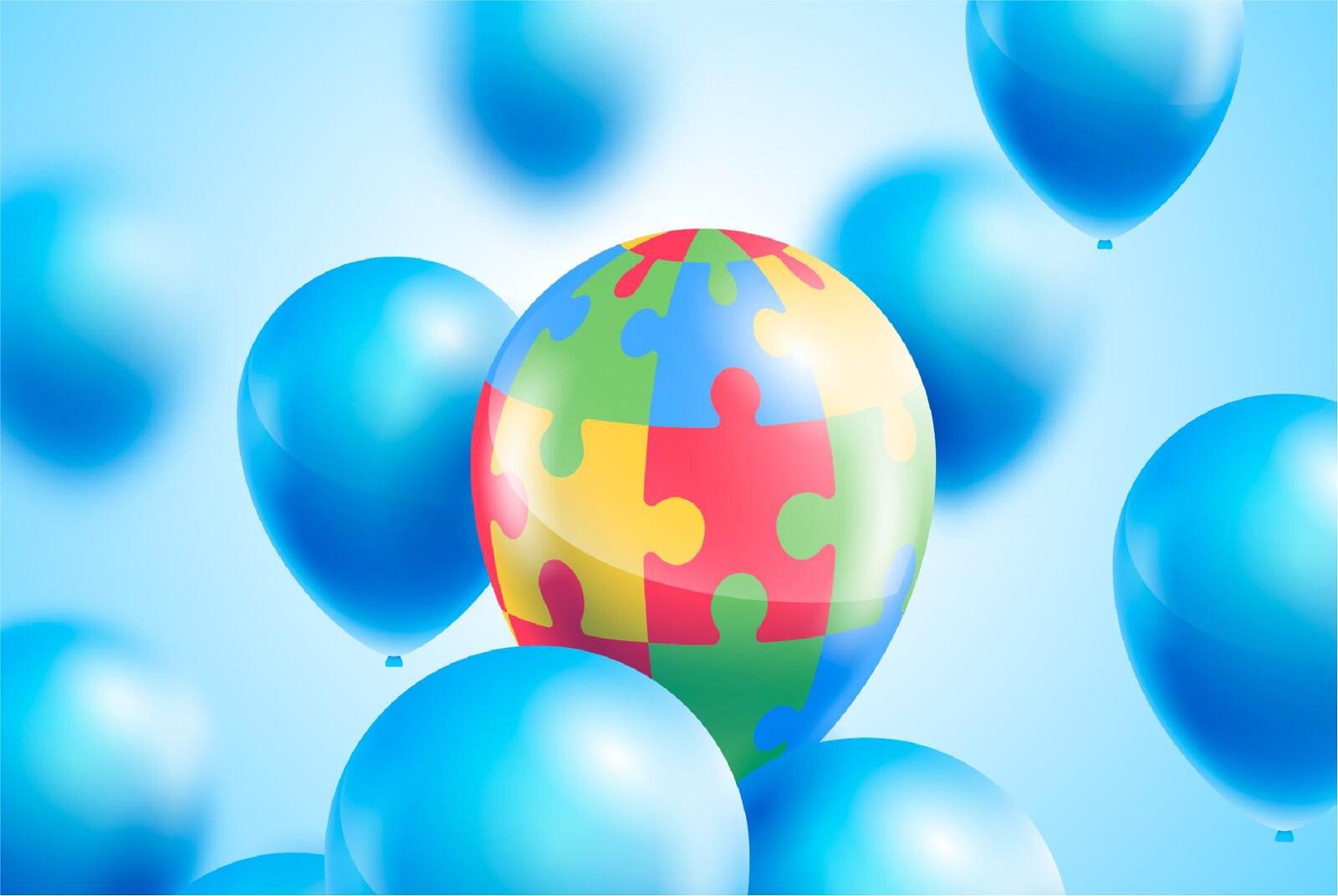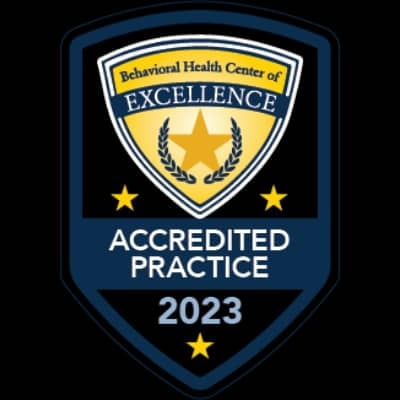
By: Cristina Martínez
M.B.A, M.S, BCBA, LBA
April, a blue month
In 1972, when the Autism Society promoted the establishment of National Autism Week (which would later become Autism Awareness Month and, as of 2021, Autism Acceptance Month), the aim was to generate awareness, commitment, and mobilization in support of individuals with ASD and their families. The achievements have been substantial, as is the increased incidence of this diagnosis in the world’s population. However,those who live or coexist with a diagnosis of ASD know well that there is still much to be done, many consciences to be gained, many wills to be mobilized, many environments to be configured, and much support to be obtained.
The society in which we live tends, even in these times, to marginalize what is different and to endorse only what is "normalized" under meaningless standards or even lack of functionality. A diagnosis whose prevalence in the United States is 1 in 44 (according to the CDC's Autism and Developmental Disabilities Monitoring report of March 20221) cannot be excluded from today's society. Access to full opportunities for personal development is not only a right of people with ASD, but an objective condition of a society in which a substantial percentage of the population is impacted by developmental disabilities.
Thus, understanding the particularities of the spectrum, as well as its complexity should be imperative for all people. And beyond, because we do nothing by gathering information without learning from it, without incorporating at the individual level respectful and inclusive behaviors towards autistic people, without facilitating at the community level favorable spaces for their development, without building national strategies that guarantee their social participation, without homogenizing efforts so that every place on the planet guarantees these rights.
Our work as specialists in Applied Behavior Analysis consists, basically, of working with the individual, based on their needs, so that they learn to be functional in all their environments; additionally, the environments are also obliged to learn to be inclusive, flexible, conscious, and collaborative... and in this sense, there is still a long way to go.
People with ASD and their families have the right to feel that they are part of a society that respects them and makes them visible. For them, let's paint ourselves in blue in April and, if possible, let's do it every day of the year.
1 Centers for Desease Control and Prevention (2022). Data & Statistics on Autism Spectrum Disorder. https://www.cdc.gov/ncbddd/autism/data.html



